Instructional Series
This site will be closing soon as its content has moved to Tāhūrangi.
2024 titles are available on Tāhūrangi. Use the filters to find specific series.
Find Literacy resources at Tāhūrangi - Literacy.
Welcome to the English medium literacy instructional series teaching and learning resources for years 1 to 8.
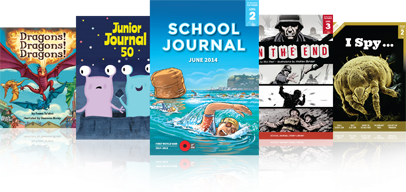
- Gold
- Purple
- Blue
- Red
- Green
- Yellow
- Orange
- Turquoise
- Magenta
- 2
- 3
- 4
- 1
- 4
- 6
- 5
- 3
- 8
- 7
- 2
- 1
- English
- Social Sciences
- Science
- Health and Physical Education
- Technology
- The Arts
- Mathematics and Statistics
- Learning Languages
- Fiction
- Non-fiction
- None
- Nature of science
- Living world
- Nature of technology
- Statistics
- Geometry and Measurement
- Planet Earth and beyond
- Technological knowledge
- Physical world
- Material world
- Number and Algebra
- Technological practice
- Gather and interpret data
- Use evidence
- Critique evidence
- Engage with science
- Interpret representations
- Articles
- Stories
- Poems
- Plays
- Activity
- Comic
- Kākano | Seed
- Tupu | Seedling
- Māhuri | Sapling
- Rākau | Tree
- Consonant digraphs
- Consonant patterns
- Initial and final blends
- Long vowels
- Short vowels
- Single consonants
- Complex morphemes
- Tense
- Vowel digraphs
- Contractions
- Syllable types
Search results
1187 items - Showing 11 - 20
-
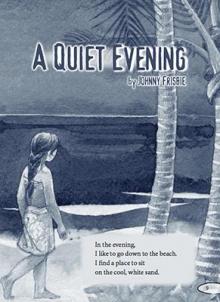
A Quiet Evening (from Night is a Blanket)
by Johnny Frisbie
illustrations by Judith Künzlé
This personal report describes a peaceful evening on a Pacific island beach. This story has been adapted (in consultation with the author) from a version that was published in the Tupu series in 1990.
Gold 1
-
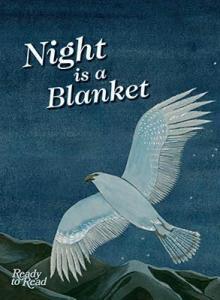
The Story of Rona (from Night is a Blanket)
retold by Fran and Leon Hunia
illustrated by Murray Grimsdale
This text is a retelling of the dramatic Māori legend of Rona and gives an explanation for the markings that can be seen in the moon. You could listen to the audio for support with the pronunciation of the Māori vocabulary.
Gold 1
-
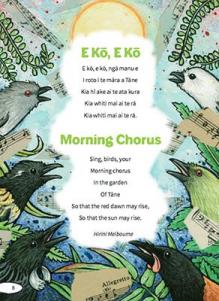
E Kō, E Kō - Morning Chorus (from Night is a Blanket)
by Hirini Melbourne
illustration by Peter Campbell
This Māori song, with an English translation, encourages children to make connections to their experiences of hearing bird songs as the new day arrives. This poem is best used for shared reading. The birds illustrated around the poem are, anticlockwise from top left, grey warbler, stitchbird, tūì, saddleback, bellbird, and whitehead.
Gold 1
-
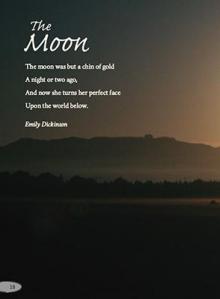
The Moon (from Night is a Blanket)
by Emily Dickinson
photograph by John Drummond
This short lyrical poem evokes images of the changing moon.
Gold 1
-
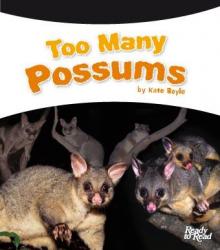
Too Many Possums
by Kate Boyle
In New Zealand, unlike Australia, possums are pests and much effort and expense are put into trying to control their numbers. This report explains why possums, although seemingly cute and cuddly,have become such a problem.
Purple 2
-
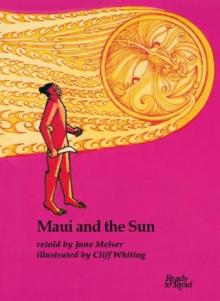
Māui and the Sun
retold by June Melser
pictures by Cliff Whiting
This is a retelling of the legend of Māui’s successful campaign to slow the sun. Lively dialogue helps to develop characterisation and encourages expressive reading.
Purple 2
#LFH
-
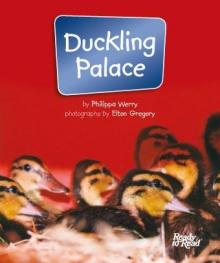
Duckling Palace
by Philippa Werry
photographs by Elton Gregory
This non-fiction text describes how the SPCA cares for orphaned ducklings. It includes a report on the work of the SPCA, an explanation of how ducks waterproof their feathers, and instructions for what to do with a motherless duckling.
Purple 2
#LFH
-
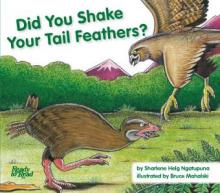
Did You Shake Your Tail Feathers?
by Sharlene Helg Ngatupuna
illustrated by Bruce Mahalski
In this lively, fable-like narrative, Weka has found a feather that she is determined to return to its owner. She meets a number of birds who all want the feather, and some are quite determined to get it.
Purple 2
-
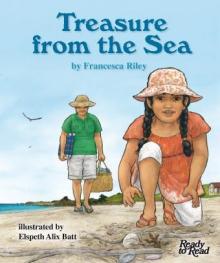
Treasure from the Sea
by Francesca Riley
illustrated by Elspeth Alix Batt
Treasure from the Sea is based on an actual event. Megan loves to stay with Nan and listen to Nan’s stories about the treasures she has collected on her beach walks, but Megan would love to find her own treasure and tell her own story. This narrative describes Megan’s holiday quest. She finds several objects but nothing really special until she notices a fish that has become stranded in a sandy stream on the beach. With help, Megan manages to get the fish back to the sea, safe from the hot sun and hungry seagulls. At last, she has her own story of “treasure from the sea”.
Purple 1
-

The Lion and the Mouse
an Aesop’s fable
illustrated by John Griffiths
In this traditional moral tale, a lion catches a mouse but lets him go after the mouse promises to help him one day. Soon afterwards, the lion gets trapped in a net and the mouse comes to his rescue.
Purple 1


 Literacy Online home
Literacy Online home
